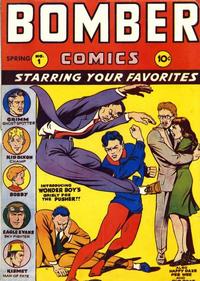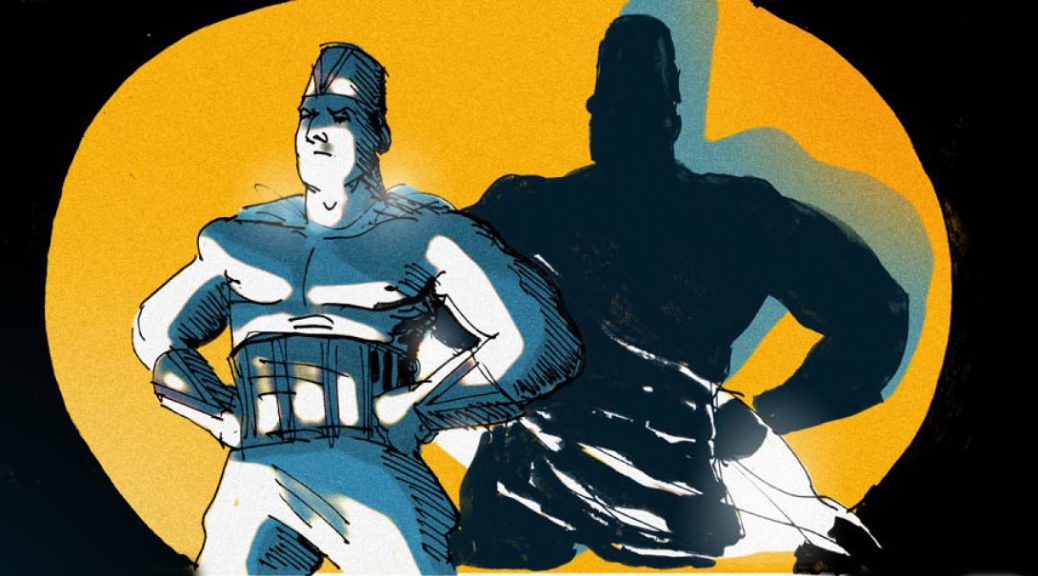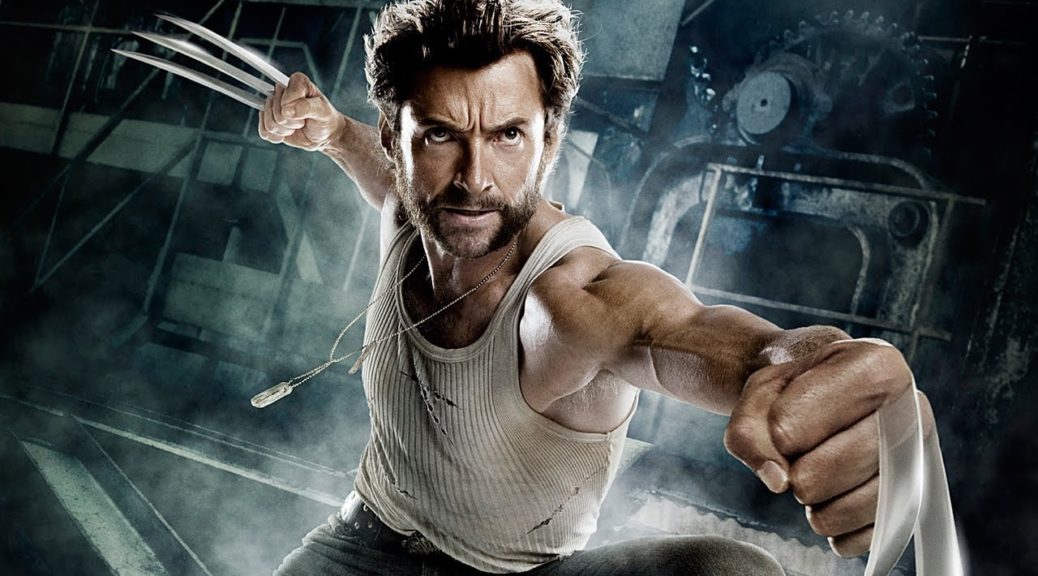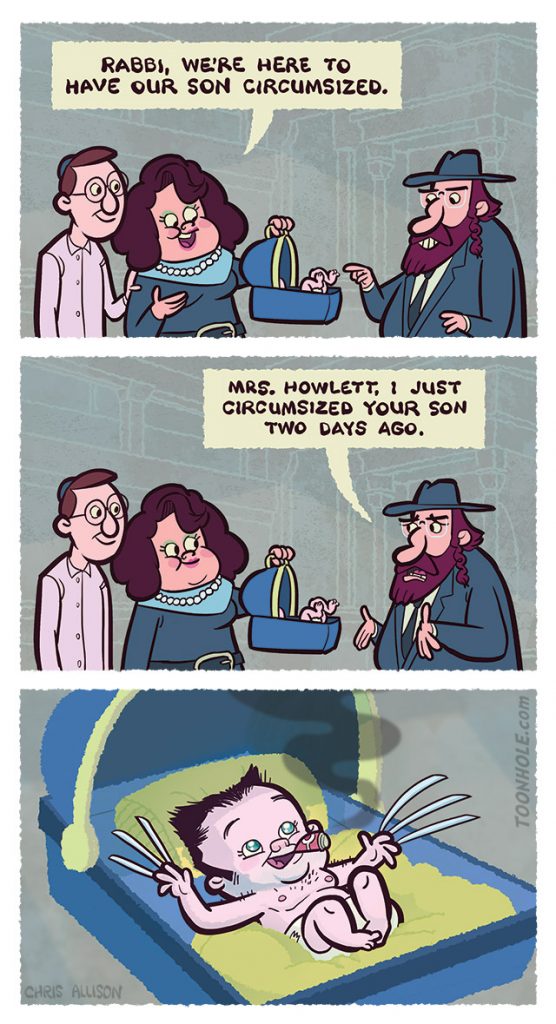[With the apparent close of the IslamiCommentary site from the Duke University Islamic Studies Center (DISC), Sacred and Sequential is cataloging a number of their articles pertinent to comics and Islam for continued online access. The following, if altered at all, has been edited only minimally for clarity and/or ]
Kismet Seventy Years Later: Recognizing the First Genuine Muslim Superhero
by A. DAVID LEWIS for ISLAMiCommentary on MARCH 20, 2014:
Kismet may not be the first Muslim superhero, but he may be the first worthy of that title. Some buffoonish characters preceded him, and other orientalist caricatures appeared on earlier comics pages, but without either superpowers or other key elements of the genre. This month, on the seventieth anniversary of his first appearance, it’s a fitting time to reintroduce and recognize Kismet, “Man of Fate;” the first genuine Muslim superhero.
The superhero as a genre found its first real traction, famously, in the pages of Action Comics #1; the 1938 debut of Superman. Like Kismet, the character of Superman had his antecedents, prior masked men and super-powered protagonists either on comics pages, on radio, or in print pulp novels. But it wasn’t until Superman crystallized the conventions of a) being driven by a quest for justice and defense of the weak; b) demonstrating abilities beyond that of a normal person; and c) having a costume and secret identity; that the superhero genre became clearly recognized.
 1944 — six years after Superman — wave upon wave of superhero characters, with varying success, had been pouring into audience’s hands.
1944 — six years after Superman — wave upon wave of superhero characters, with varying success, had been pouring into audience’s hands.


 A year or two ago, S&S Founding Members David McConeghy and A. David Lewis sat down to discuss the latter’s new book, American Comics, Literary Theory, and Religion: The Superhero Afterlife for
A year or two ago, S&S Founding Members David McConeghy and A. David Lewis sat down to discuss the latter’s new book, American Comics, Literary Theory, and Religion: The Superhero Afterlife for 




